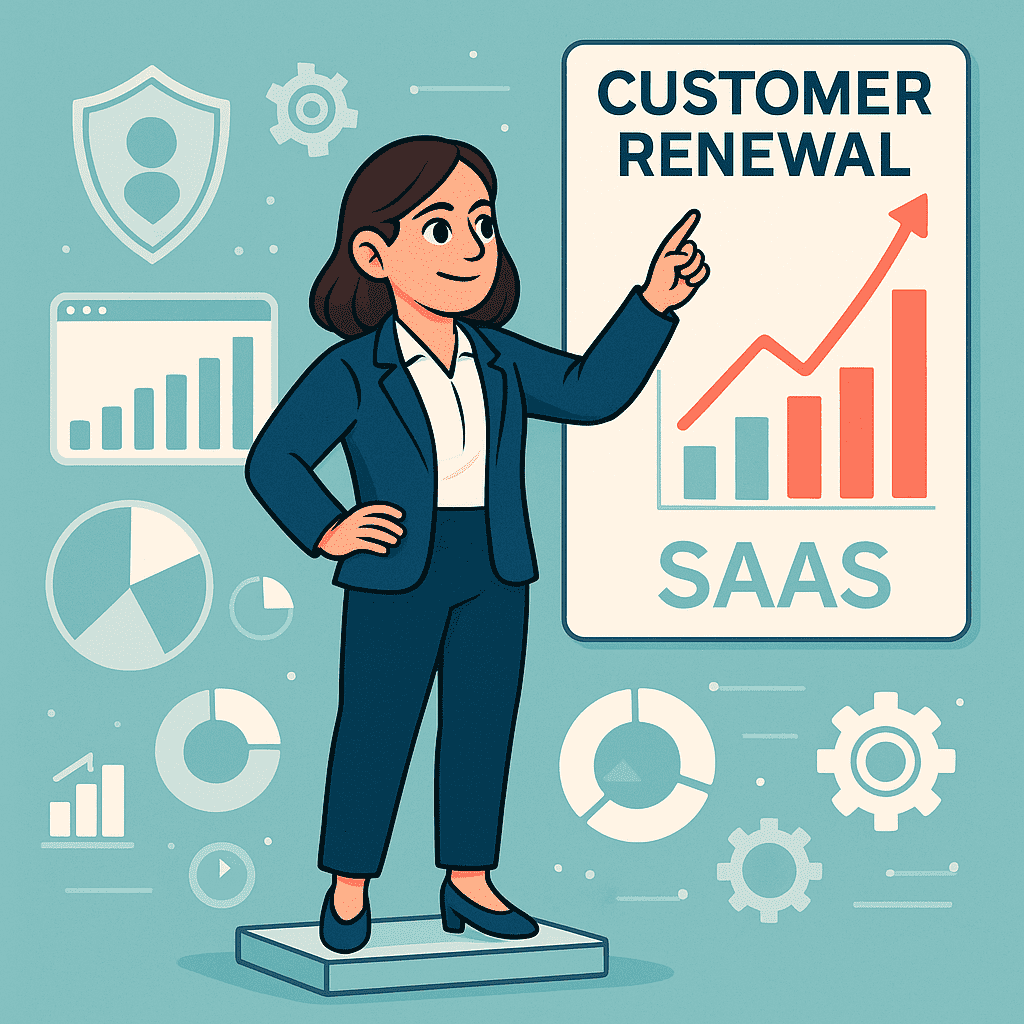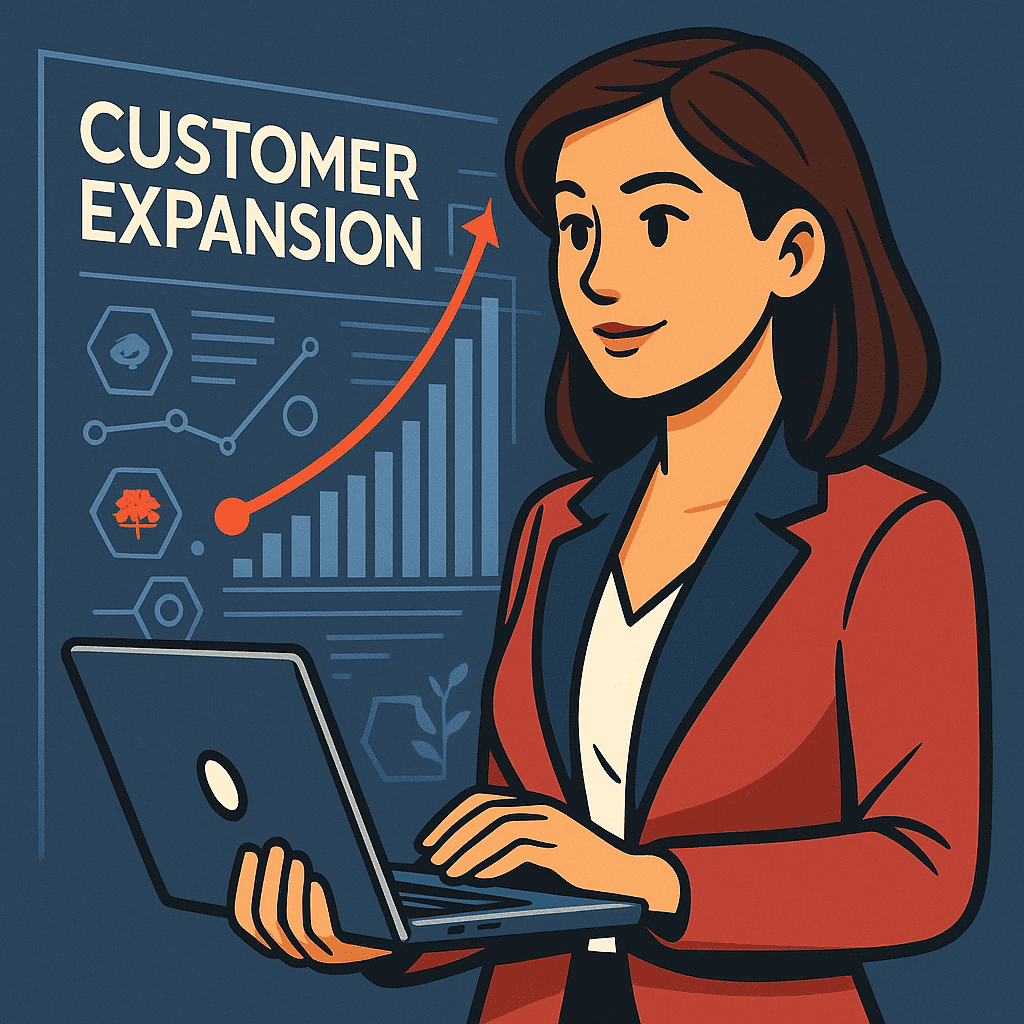
The Power of Analytics in CS: From Data to Action
If there’s one thing I’ve learned over the years, it’s that Customer Success is not just a relationship with the customer but a data-driven strategy with proactive action. Every interaction must be backed by real information to optimize resources, focus efforts, and ensure customer retention. And this is where analytical thinking comes into play.
Last week, we explored tools for communicating with customers at each stage, analyzing key actions and their impact with the goal of fostering loyalty and ensuring a long-term relationship.
An Analytical Customer Success Manager (CSM) doesn’t just manage clients and communicate with them; they translate data into strategic decisions that directly impact the user experience. The result: higher retention, more engaged customers, and sustainable business growth.
Applying Analytical Thinking in the Customer Lifecycle
1️⃣ Onboarding: The First Step Toward Retention
👉 Why is it important?
Onboarding is the critical phase where the customer begins to see the product’s value. A slow or confusing process increases the risk of churn.
🕛 How long should it take?
It depends on the product, but in SaaS, the Time to First Value (TTFV) should be as short as possible. An effective onboarding process typically lasts between 7 and 30 days.
🧠 What tools can we use to measure this process?
- Product Analytics: Tracks events such as logins, first uses, and activation times (Mixpanel, Amplitude, Pendo, ChurnZero).
- Satisfaction Surveys: NPS, CES, CSAT.
- CRM and Customer Data Platforms (CDP): For personalized communication management (Salesforce, Gainsight, HubSpot).
🔍 Key KPIs
- Login frequency, session time, features used.
- Time to first goal achievement.
- Onboarding completion rate.
- Interaction with educational resources.
- Daily active users (should be increasing).
🎯 Proactive CSM Actions
- Identify stuck customers and offer personalized sessions.
- Automate messages at the right moment.
- Send an action plan after the first meeting.
- Provide onboarding progress tracking.
2️⃣ Adoption: Turning Users into Active Customers

👉 Why is it important?
If the customer doesn’t use the product, they won’t see its value. Lack of adoption is one of the main causes of churn.
🕛 How long should it take?
Within the first 90 days, the customer should have integrated the product into their daily workflow.
🧠 What tools should measure this?
- Usage Analytics: Mixpanel, Heap, Looker.
- Feedback Platforms: Medallia, Qualtrics, OPINATOR.
- CRM: Gainsight, HubSpot, Zendesk.
🔍 Key KPIs
- Product usage frequency.
- Engagement with support and educational resources.
- Drop-off or completion rates.
🎯 Proactive CSM Actions
- Create customer segments and launch adoption campaigns.
- Provide educational resources such as tooltips, videos, and guides.
- Strategic meetings to understand barriers and propose solutions.
3️⃣ Renewal: Stop Chasing Customers and Make Them Want to Stay
👉 Why is it important?
Renewal is the ultimate measure of customer success. If they don’t renew, it’s because they don’t see enough value.
🕛 How far in advance should we work on renewal?
At least 3-6 months before the renewal date.
🧠 What tools should measure this?
- Renewal and churn prediction systems: Gainsight, ChurnZero, Totango.
- CRM with risk alerts: Salesforce, HubSpot.
- Customer health surveys: CSAT, NPS.
🔍 Key KPIs
- Renewal rate (%), CSAT, NPS.
- Customer Health Score.
🎯 Proactive CSM Actions
- Create risk alerts and automate interventions.
- Implement loyalty programs before the renewal period.
4️⃣ Expansion: Growing the Relationship with the Customer

✅ Why is it important? The growth of a SaaS company doesn’t just depend on new customers but on the ability to sell more to existing customers (upselling and cross-selling).
⏳ How long should it take to identify an expansion opportunity? Ideally, within the first 6 months, we should have identified expansion opportunities.
🧠 What tools should measure this?
- Product Usage Data: Amplitude, Pendo.
- Cohort Analysis: Looker, Tableau.
- CRM to identify customers ready for upsell and cross-sell.
🔍 Key KPIs
- Upsell and cross-sell rate.
- Growth of MRR/ARR per customer.
- Customer Lifetime Value (CLV).
🎯 Proactive CSM Actions
- Analyze which customers heavily use certain features and propose upgrades.
- Create internal success cases.
- Implement referral or advocacy programs for satisfied customers.
🔄 Analytical Thinking + Customer Success = Loyal Customers
Analytical thinking in Customer Success is a necessity, as it’s not just about analyzing data but having the ability to turn it into decisions that will impact customer retention and expansion.
With the tools provided in today’s post, proper planning, and a proactive mindset, every customer interaction becomes an opportunity to strengthen your relationship and generate long-term value.
📢 Next Week…
I’ll bring you the second part of this post, where we’ll answer the question: What types of reports and tracking should I perform at each stage?
💡 Now it’s your turn:
- Which of these strategies have you tried with your team?
- Do you have other approaches that have worked for you?
🚀 Share and let’s keep improving Customer Success together.